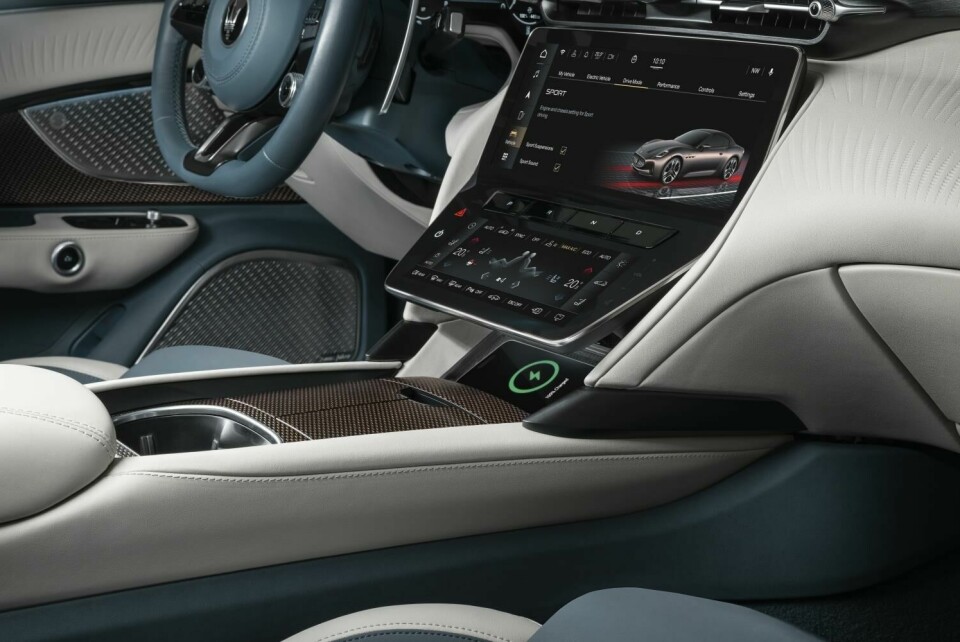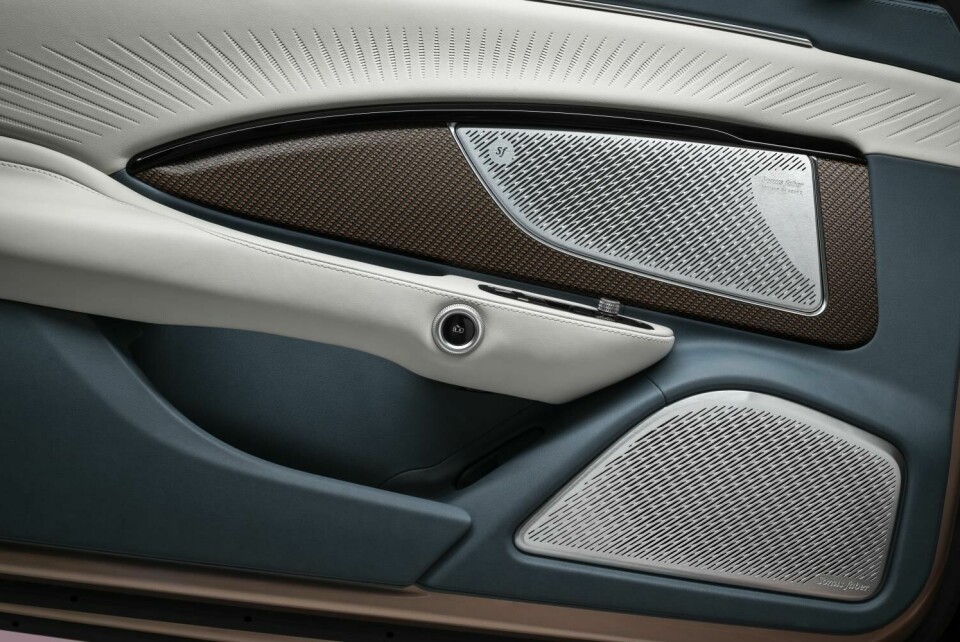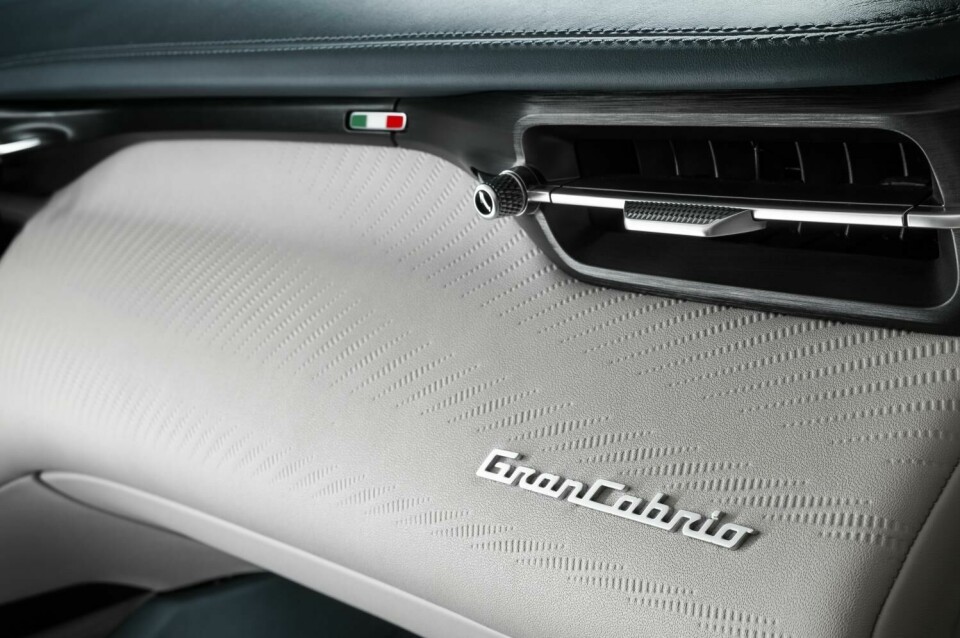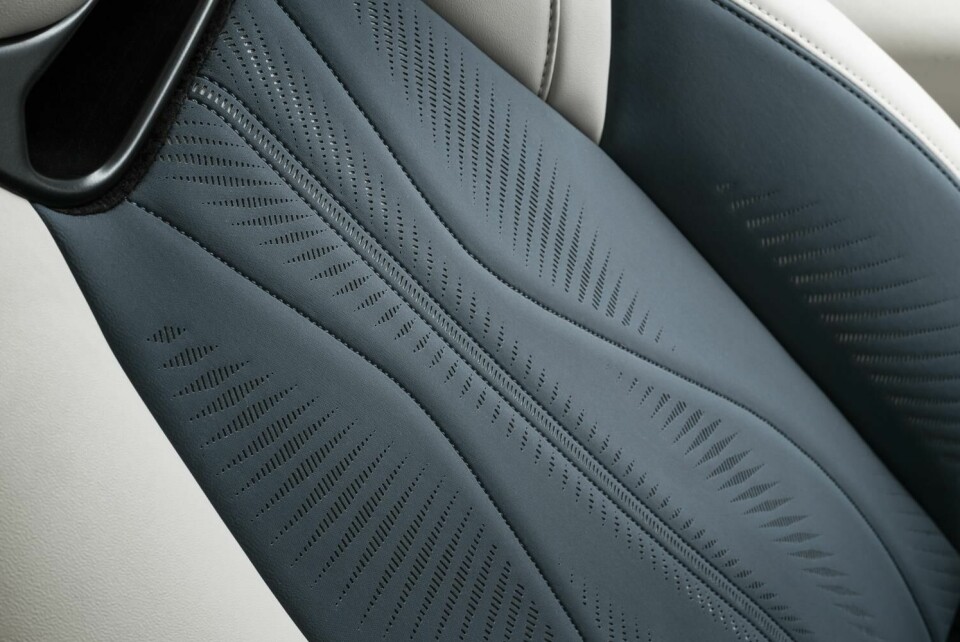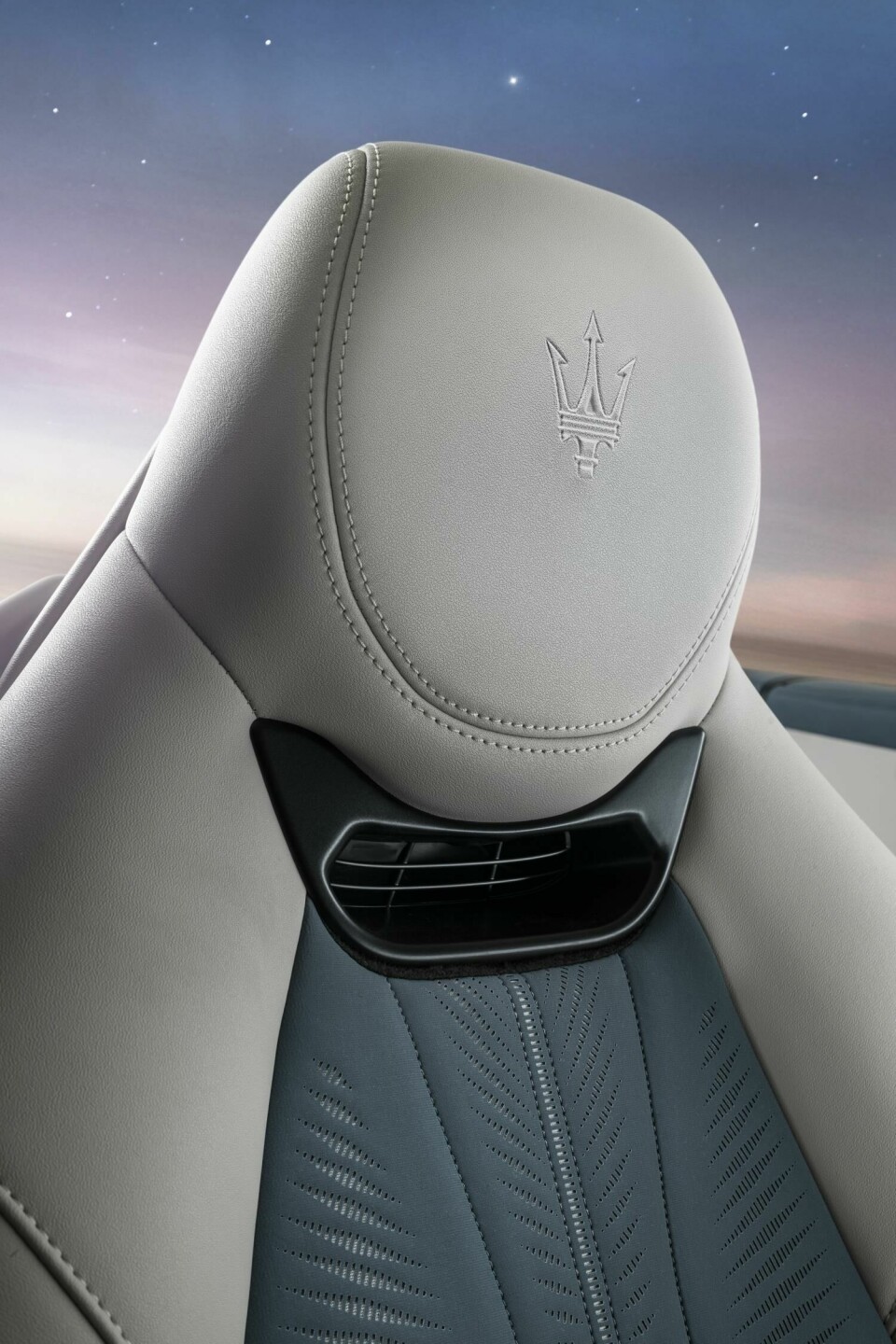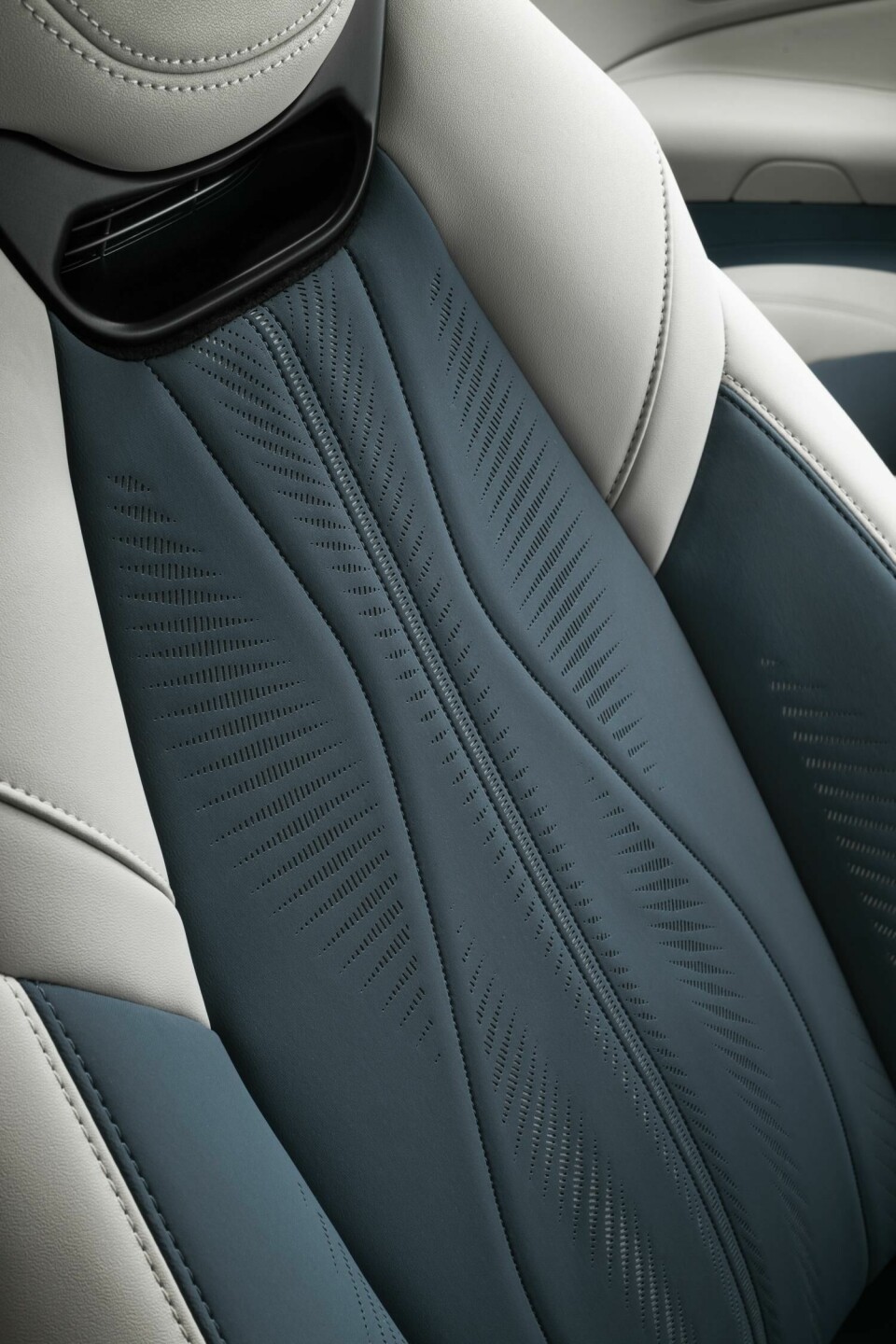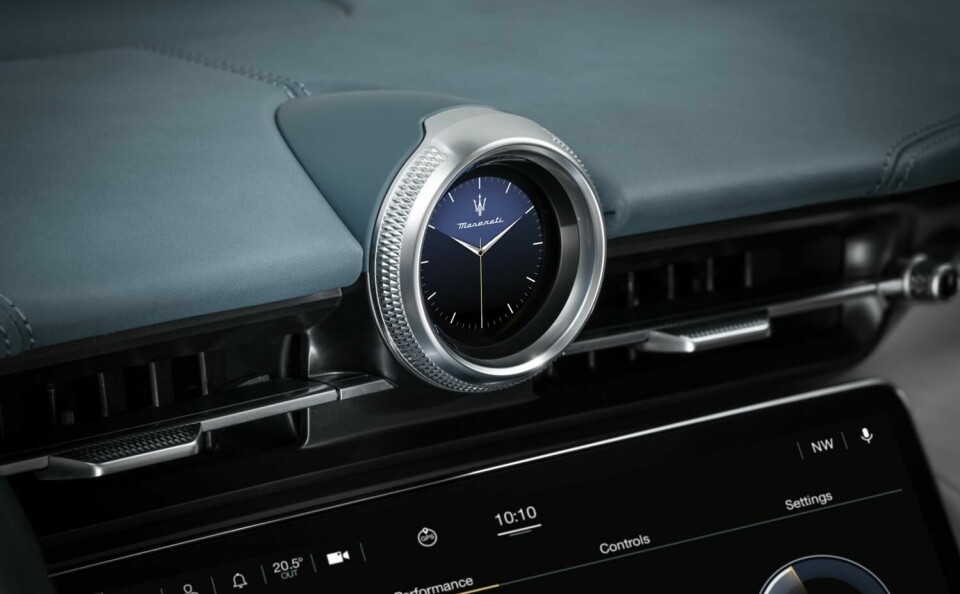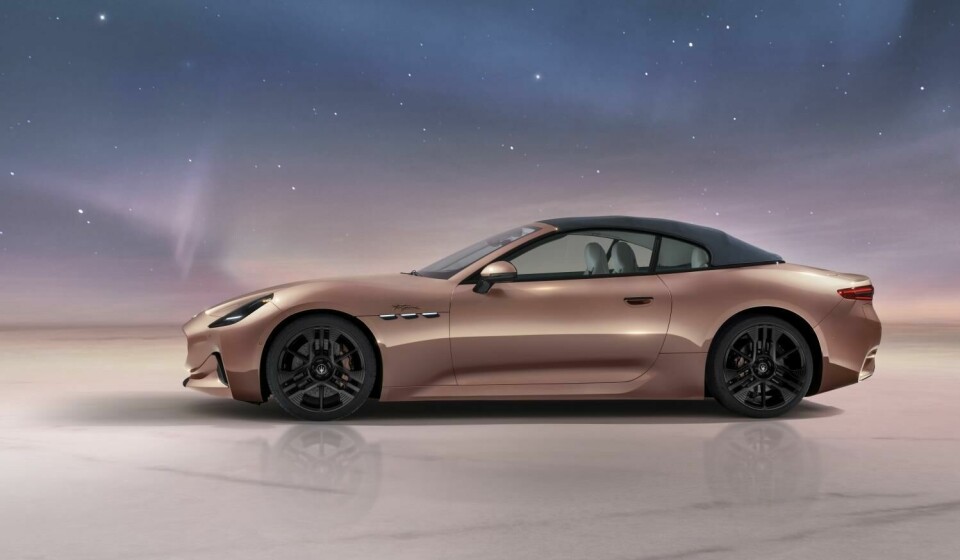
“This can only be done in Italy” – Quentin Amore on the Maserati GranCabrio
Car Design News asked exterior chief designer at Maserati, Quentin Amore to compare the electric and ICE versions of the new GranCabrio and how Maserati is incorporating historic cues into modern design
Following the reveal of the latest generation GranTurismo, Maserati has now officially launched the new GranCabrio. Developed alongside one another, both feature either an all-electric Folgore version or a 3.0-litre twin-turbocharged V6 Trofeo powertrain.
Car Design News spoke with exterior chief designer at Maserati, Quentin Amore, about the differences between the electric and ICE versions of the new GranCabrio and how Maserati is maintaining its heritage in modern design.
Car Design News: What was involved in the design process? How much work was done in clay versus digital modeling?
Quentin Amore: It was a pretty fluid design process. We started with sketches and did some clay models very early on to play with the proportions. Then we did full scale models and hard models to work on sculpting the car. We also worked very heavily in 3D visualisation with virtual reality; in general, we use visualisation headsets every week to make sure we have a good perception of the car without always relying on models.
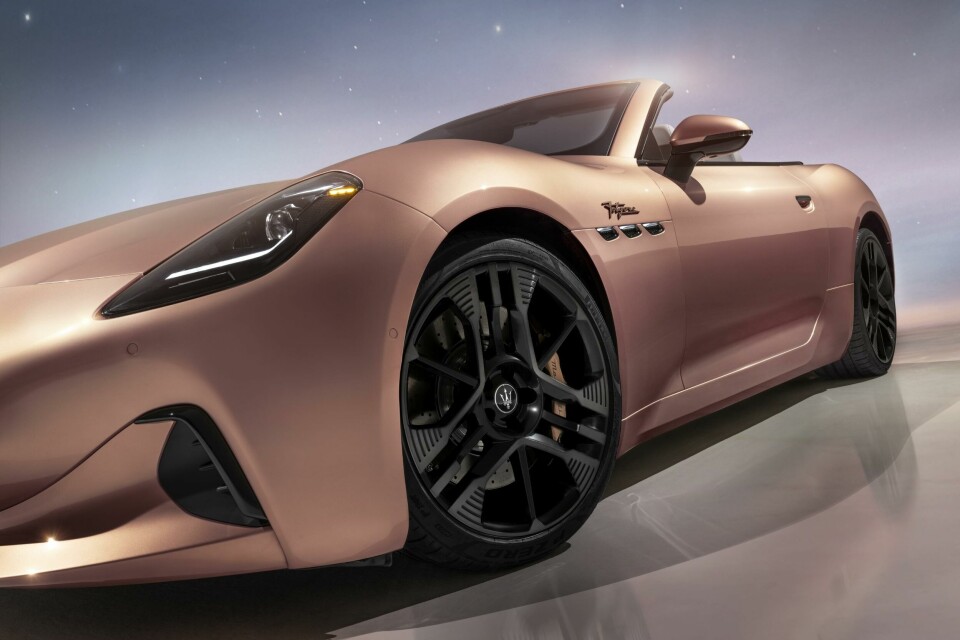
CDN: How do the Folgore and Trofeo versions differ?
QA: We don’t want to do fake design so we follow what is needed for the engineering to be best in class. This is very important especially for electric cars. The main differentiation was to give this aero feel on the Folgore version. It’s extremely important to have aero efficiency to have a good range so there is a different grille and lower fascia for both cars. The Folgore’s portholes behind the front fender take inspiration from the past but are digital.
The rear diffuser is quite different on both cars. The Trofeo has the quad exhaust and, of course, the Folgore doesn’t have an exhaust, so it’s all about aero efficiency there as well. The engineering team worked under the car to have, as flat a floor as possible. We designed a different diffuser for Folgore which goes quite far beneath the car to make the exterior work with what’s happening underneath the car.
It’s become almost an obsession to have a visual reference to our logo in the wheel design
CDN: How did the position of the battery affect the Folgore’s design?
QA: We usually get a brief from the engineering team but the design team were on board from the early stages of the project. What was incredible is that on the Trofeo version we have a big transmission tunnel. On the Folgore the engineering team used that space to put a T-bone shaped battery which allows us to have a very low centre of gravity which is fantastic for handling. This means the H point is still extremely low because the batteries are not under you, they are in the centre.
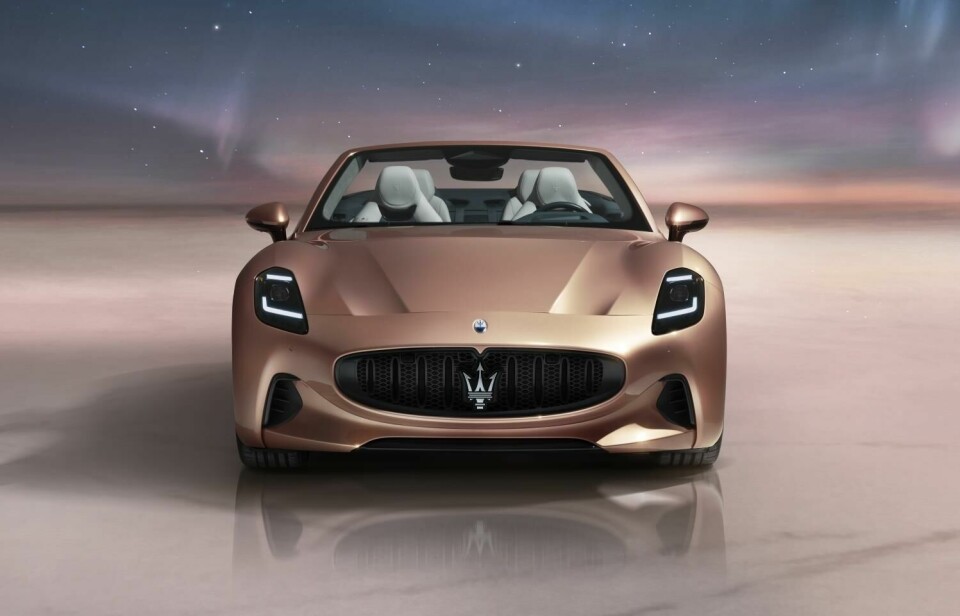
The engineering team also maximised the space that is traditionally used for the transmission and evolved it into a battery storage space. This is amazing because the car then has top performance in the Folgore version and maintains the proportions of the GranTurismo – that’s how the car has stayed very close to its predecessor. One of the most important messages to carry through from the predecessor to the new GranTurismo and GranCabrio was to keep the proportions and the engineering team really helped us on that.
CDN: Walk us through the wheel design for both Folgore and Trofeo.
QA: Since the MC20 we’ve made quite a strong statement on our wheel design because we’ve taken inspiration from the trident logo. Now it’s become almost an obsession to have a visual reference to our logo in the wheel design. The wheel range for each powertrain is quite different in the sense that the design allows for a narrow almost disc-like section for the Folgore, while the other one is much more open and all about lightness.
We have different missions for the Trofeo and Folgore so the main message doesn’t change but the execution does. It needs to be clearly different in order to have maximum range to fulfil the requirements of the technical package.
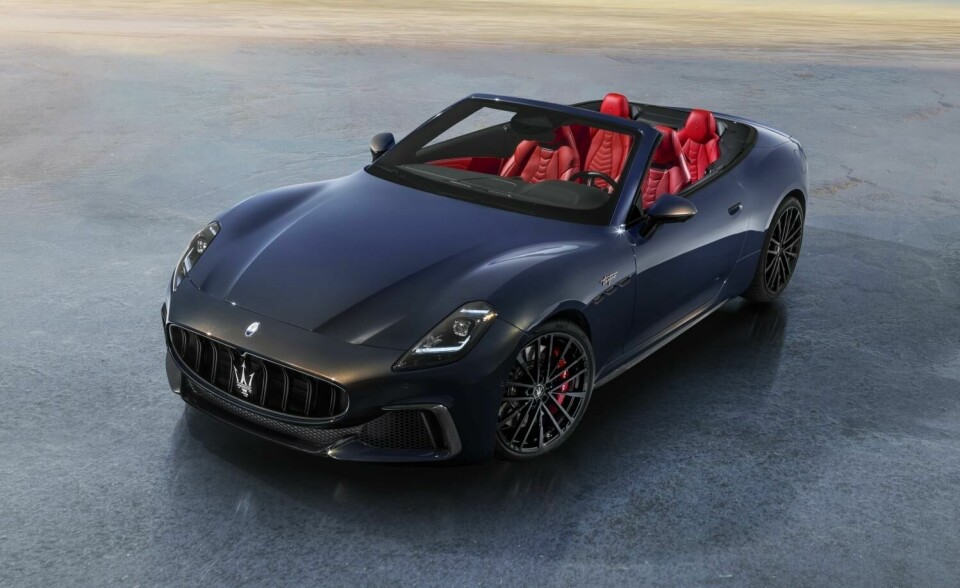
CDN: How close is the headlamp design to the MC20?
QA: It’s the same recipe but they are not exactly the same shape. The DNA is the same as it follows in the footsteps of the MC20 with a vertically-mounted position. This is something you see across our whole line up from MC20 to Grecale, GranTurismo and GranCabrio. By being vertically positioned they are above the grille which makes the grille look lower than it actually is. This is one of the particularities of Maseratis of the past, a low grille and headlamps above, this drama is a typical Maserati feature for the design.
CDN: Can you explain the material choices in Folgore’s interior?
QA: From a design point of view Folgore is all about efficiency and sustainability, that’s why we’ve used this new ECONYL material. It’s made out of recycled nylon waste and combined with laser etch technology. It’s very refined and even the sensation of the material doesn’t feel synthetic, it’s almost silky.
The cofango is a combination of hood and fender. It’s a work of art
In terms of colour, all the accents on the exterior of the Folgore are copper coloured and on the inside there is a mix of tradition. There is carbon fibre which is traditionally put in sports cars but there is copper wire running through this to remind ourselves copper is the Folgore colour.
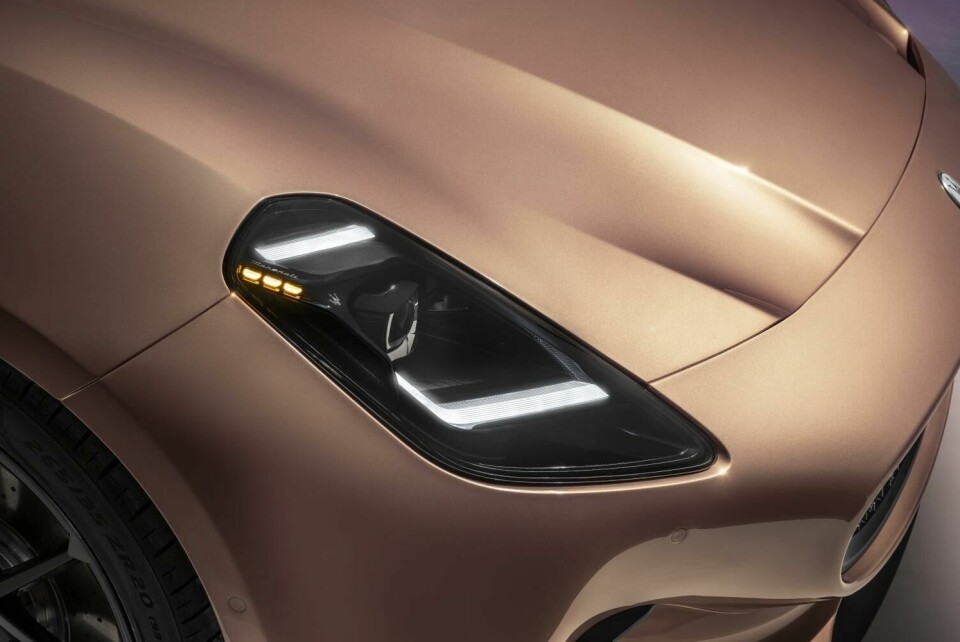
CDN: How is technology incorporated into the cabin?
QA: We believe it’s normal to evolve our traditional features. Before making the clock digital we had a lot of discussions, of course, as it’s been one of our masterpieces for the interior for forever. We have many screens in the interior but it’s not soulless, it’s still focused on the driving experience. It’s a driver’s car first so the technology is there but we don’t just have one big screen.
CDN: What’s your favourite part of the design?
QA: The cofango. It’s a combination of hood: cofano, plus fender: parafango. It’s a work of art. Usually as a car designer you look at the car as a whole but once you actually understand how big this hood is – more than 3m² – I want to have it on display as a sculpture. This is a sculpted car, you see all the knowhow about Italian design because to get the car in this final form we work with craftsmen who have a past in Italian design history. I believe we can see this in the final object and this can only be done in Italy.
